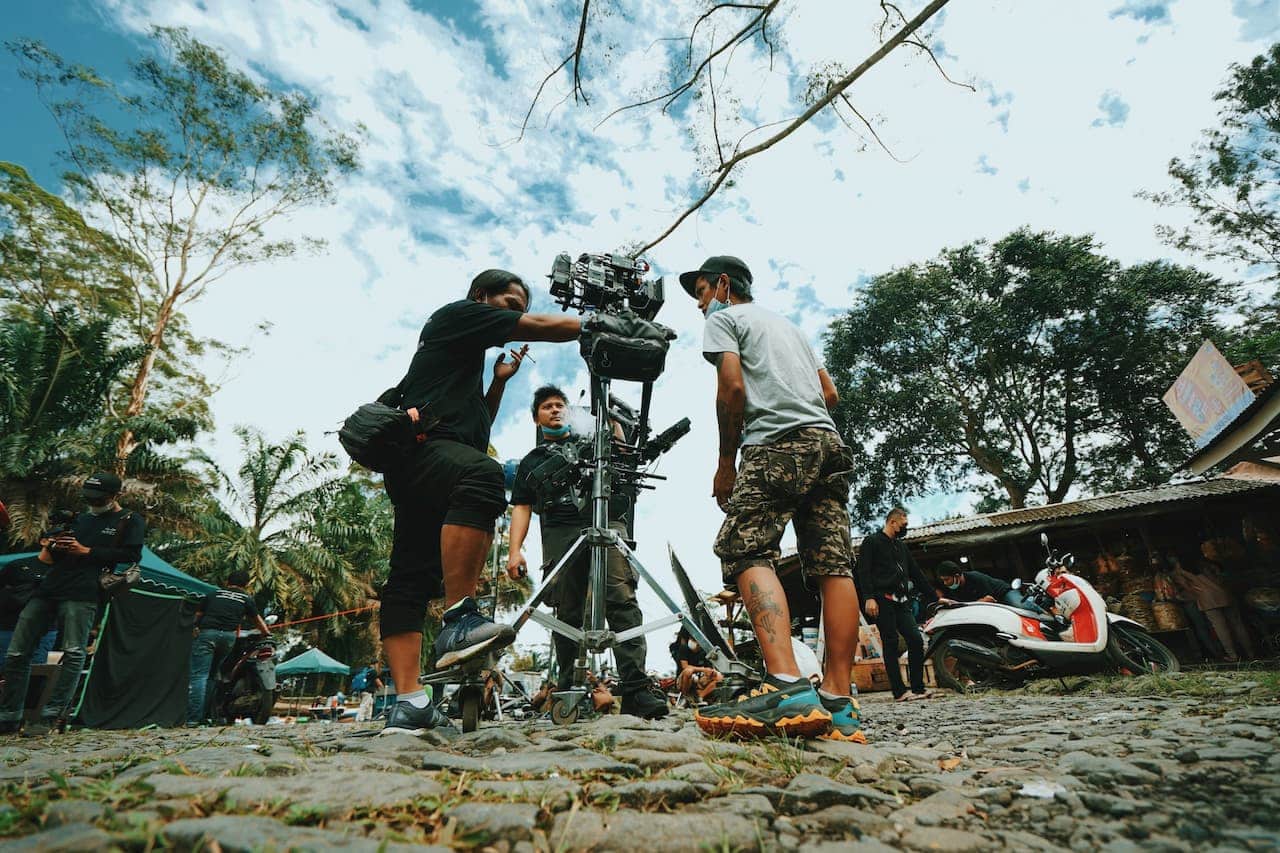Exploring the Benefits of Film Tourism
Film tourism is a growing phenomenon worldwide, motivated by both the growth of the entertainment industry and the increase in international travel. By Leonie Berning.
What is film tourism?
Film-induced tourism explores the effects that film and TV-productions have on the travel decisions made when potential tourists plan their upcoming holiday or visit to a destination.
Films, documentaries, TV-productions and commercials inspire people to experience the locations seen in the content screened, to explore new destinations. Film tourism is an excellent vehicle for destination marketing and also creates opportunities for product and community entrepreneur development such as location tours or film heritage museums to name but a few.
One of the best examples of film-induced niche tourism relates to ‘The Lord Of The Rings’ trilogy, filmed in New Zealand. Research studies revealed that at least 72% of the current and potential international tourists visiting New Zealand, had seen at least one of the trilogy films. Although this is no concrete evidence that their destination choice was as a result of the films, it was definitely a motivating component.
In a demonstration to of the power of film to raise the profile of New Zealand and reveal the influence a film has in destination choices for tourists, more than two-thirds of the tourists questioned agreed that they would visit the country as a result of the movie. (source: Film-Induced Tourism by Sue Beeton).
Film tourism and destination branding
Integrating film tourism with destination branding has an even bigger spin-off effect on tourism. “A decade after Jackson’s three-film adaptation of JRR Tolkien’s The Lord of the Rings emerged to critical and popular acclaim, the countdown to ‘The Hobbit’ – in its film form, also a trilogy – began shortly after in earnest”.
In earnest and in fact: Wellington mayor Celia Wade-Brown unveiled a giant clock, complete with an image of Martin Freeman as Bilbo Baggins, counting down the minutes to the 28 November premiere. The clock sits atop the Embassy Theatre, the handsome 1920s cinema that will host the screening. A bevvy of international stars, led, it’s safe to predict, by Freeman, will return to Wellington to walk the red carpet down Courtenay Place. The last time the 500m carpet was unrolled, for the world premiere of ‘The Return of the King’ in 2003, about 120,000 people came to watch the procession. Organisers expect a similar turnout this time. “It will be a real carnival atmosphere,” promises Wade-Brown.
According to Tourism New Zealand, an average of 47,000 visitors each year visit a film location. Following the release of the Lord of the Rings trilogy, six per cent of visitors (around 120,000 – 150,000 people) cite The Lord of the Rings as being one of the main reasons for visiting New Zealand. One per cent of visitors said that the Lord of the Rings was their main or only reason for visiting. This one per cent related to approximately NZ$32.8m in spend.
There is nothing subtle about efforts to piggyback. The national tourism slogan “100% Pure New Zealand” has become “100% Middle-earth”, while in the days leading up to the premiere Wellington will be ‘renamed’ as “Middle of Middle-earth”.
It is all a huge contrast from the ‘Lord of the Rings’ experience. Back then, tourist operators felt “ambushed” by fans of the films, says Melissa Heath, owner of Southern Lakes Sightseeing, which specialises in ‘Lord of the Rings’ location tours. “I don’t think anyone in New Zealand was ready for it.”
Britain has been a destination for over a hundred international film and television productions over the past decade. The filming of ‘Harry Potter’ and ‘Sherlock Holmes’ had a surge of tourists as a result. Films such as ‘Braveheart’ resulted in a 300% increase of tourism a year after its release in cinemas and the release of the film “Troy” resulted in a 72% increase for tourism in Turkey.
Film-induced tourism and destination branding are one of the fastest growing sectors in tourism currently. However, there are some key issues that need to be considered before promoting a location for film productions and tourism. Applying responsible tourism practices, creating a film-friendly environment in advance, through community participation and awareness campaigns, safety and security, service excellence and understanding the impact of destination branding to name but a few, especially in South Africa where film tourism is still a fairly unexplored concept.
Film tourism provides an abundance of community and product development opportunities if approached responsibly and applied correctly. It is a fast-paced industry, driven by creative passion, positive energy and tremendous enthusiasm, which I believe can be cross-pollinated into the tourism and services sector.
For more information email [email protected] or visit www.etc-africa.com
About the author: Leonie Berning is a member of the KwaZulu-Natal Film Commission Executive Board of Directors. With a collective seventeen years in human relations, eco-tourism, marketing and film industry experience, exploring and exposing the opportunities for film tourism and identifying film industry scarce skills and infrastructure needs, are her priorities. As a Consulting Manager and part of a project team for ETC-Africa, in partnership with Enterprise iLembe, uThungulu District Municipality and Umhlosinga Development Agency, Leonie successfully set up and managed the Zulu Coast Film Office project from 1 January 2011 – 30 March 2012.






